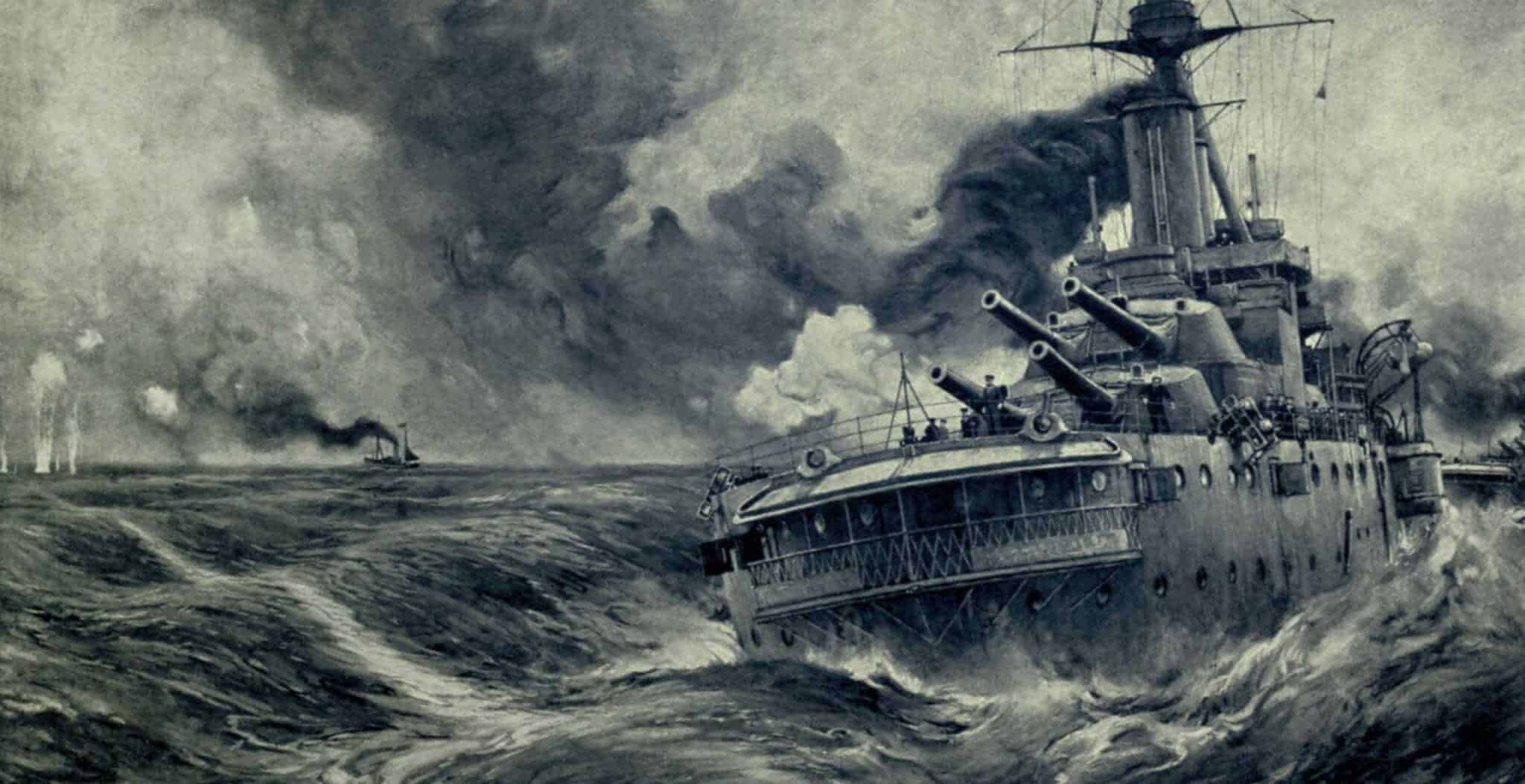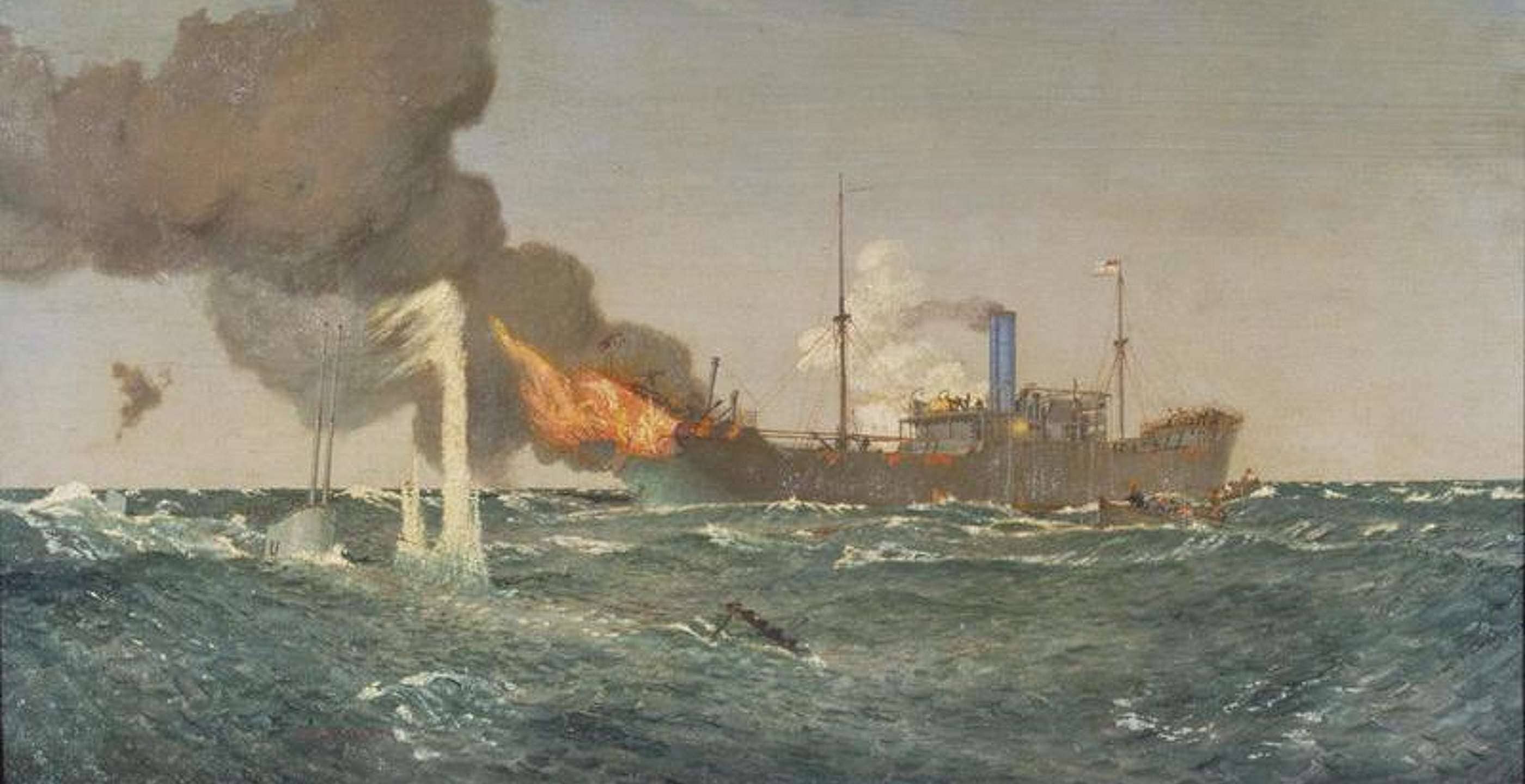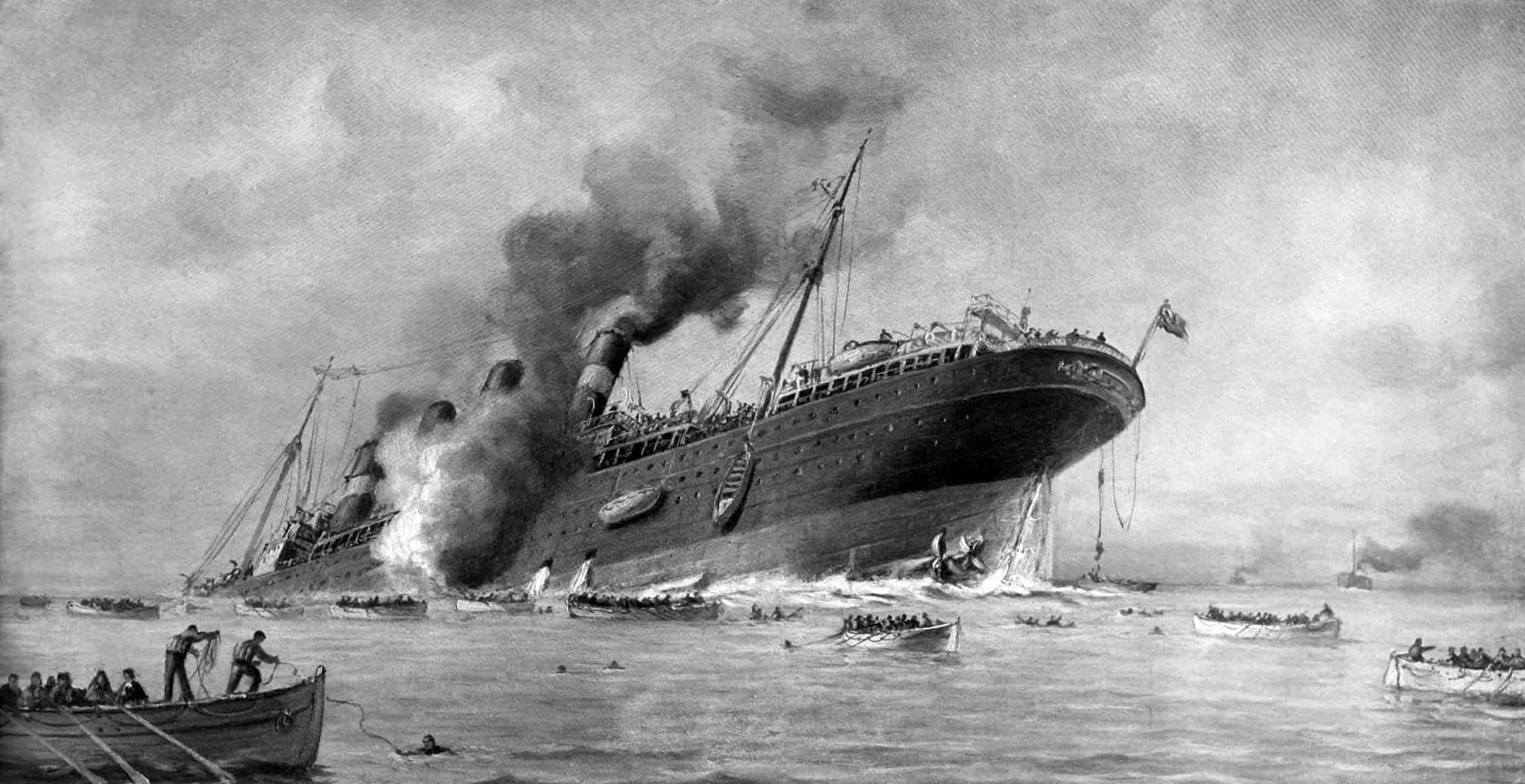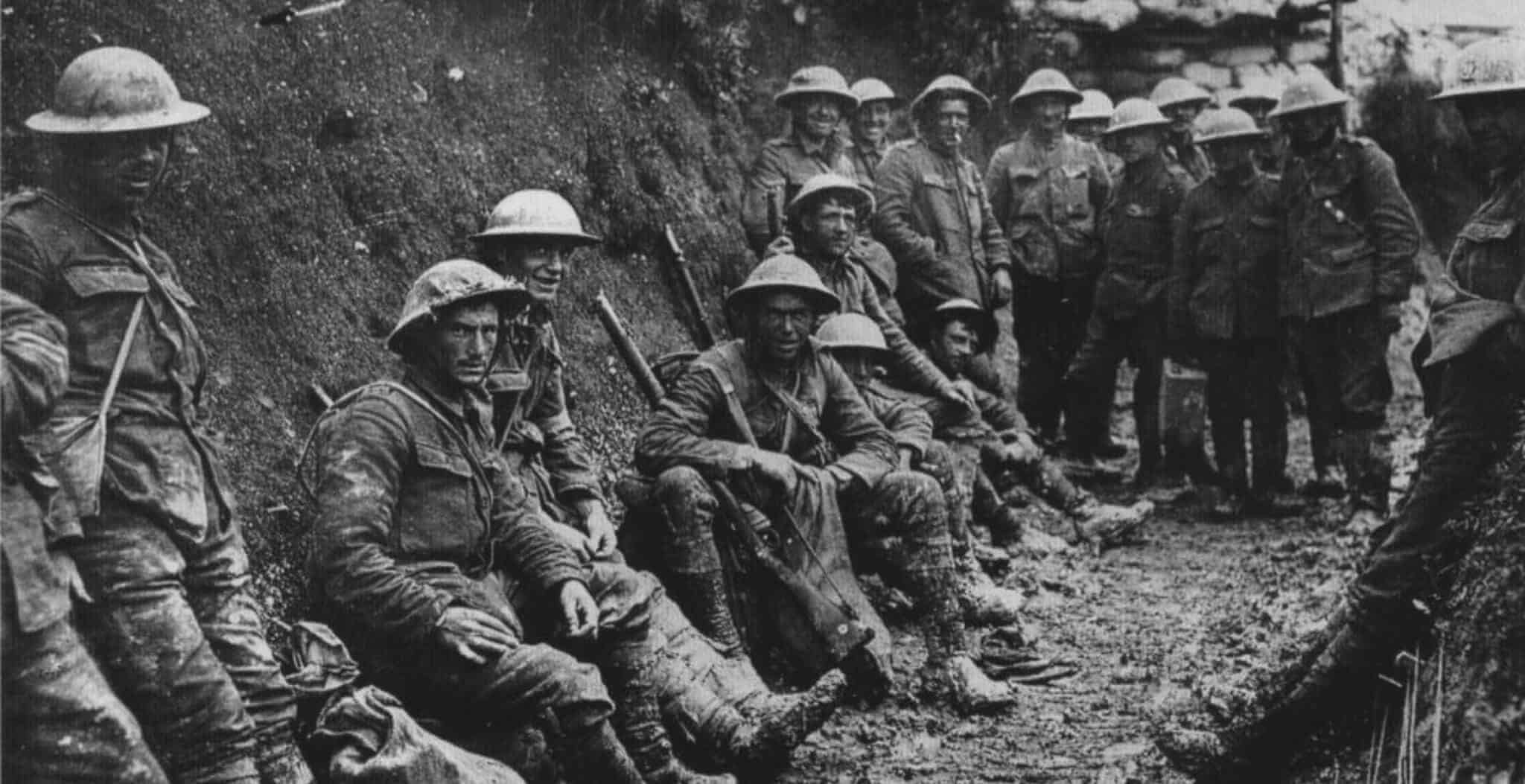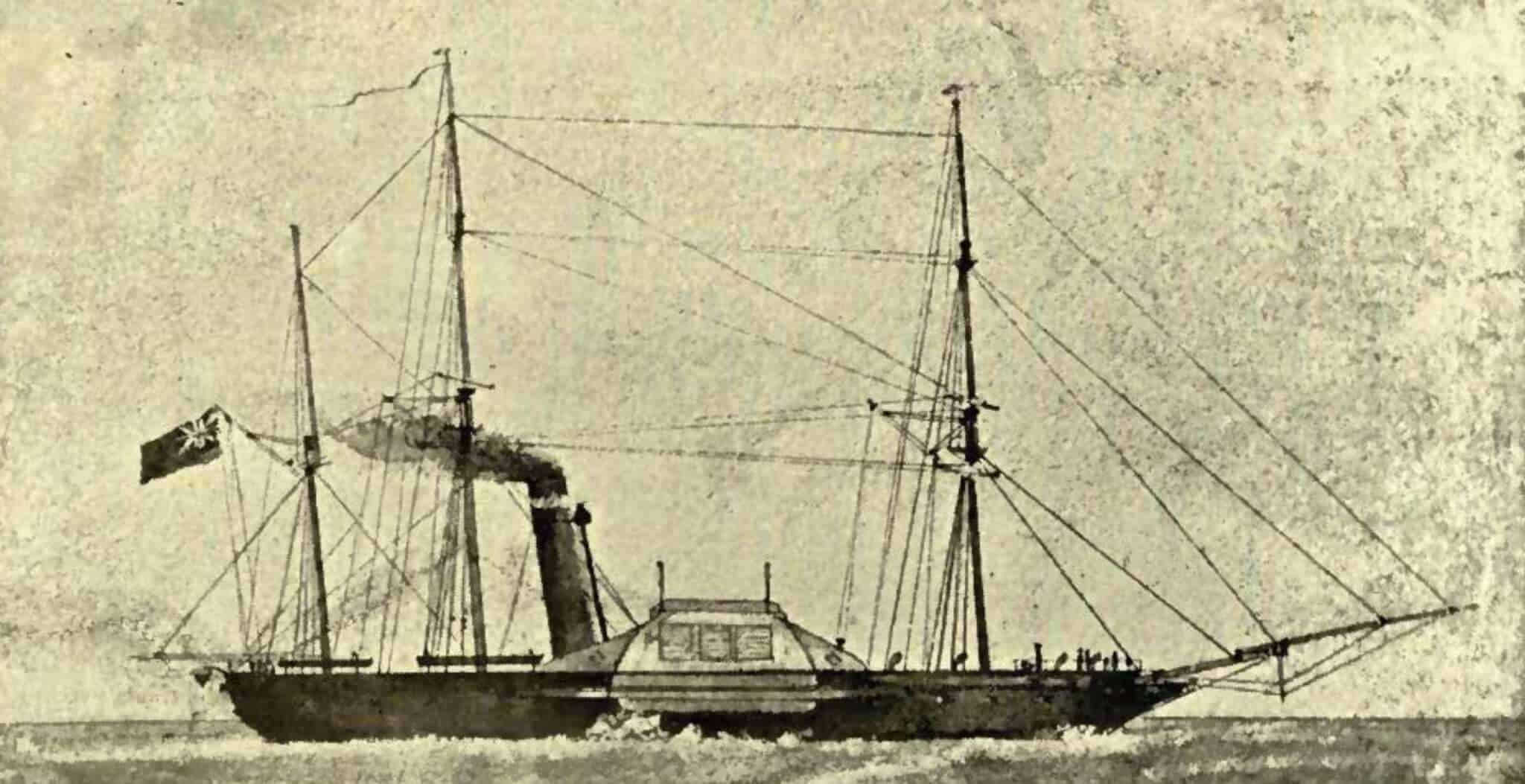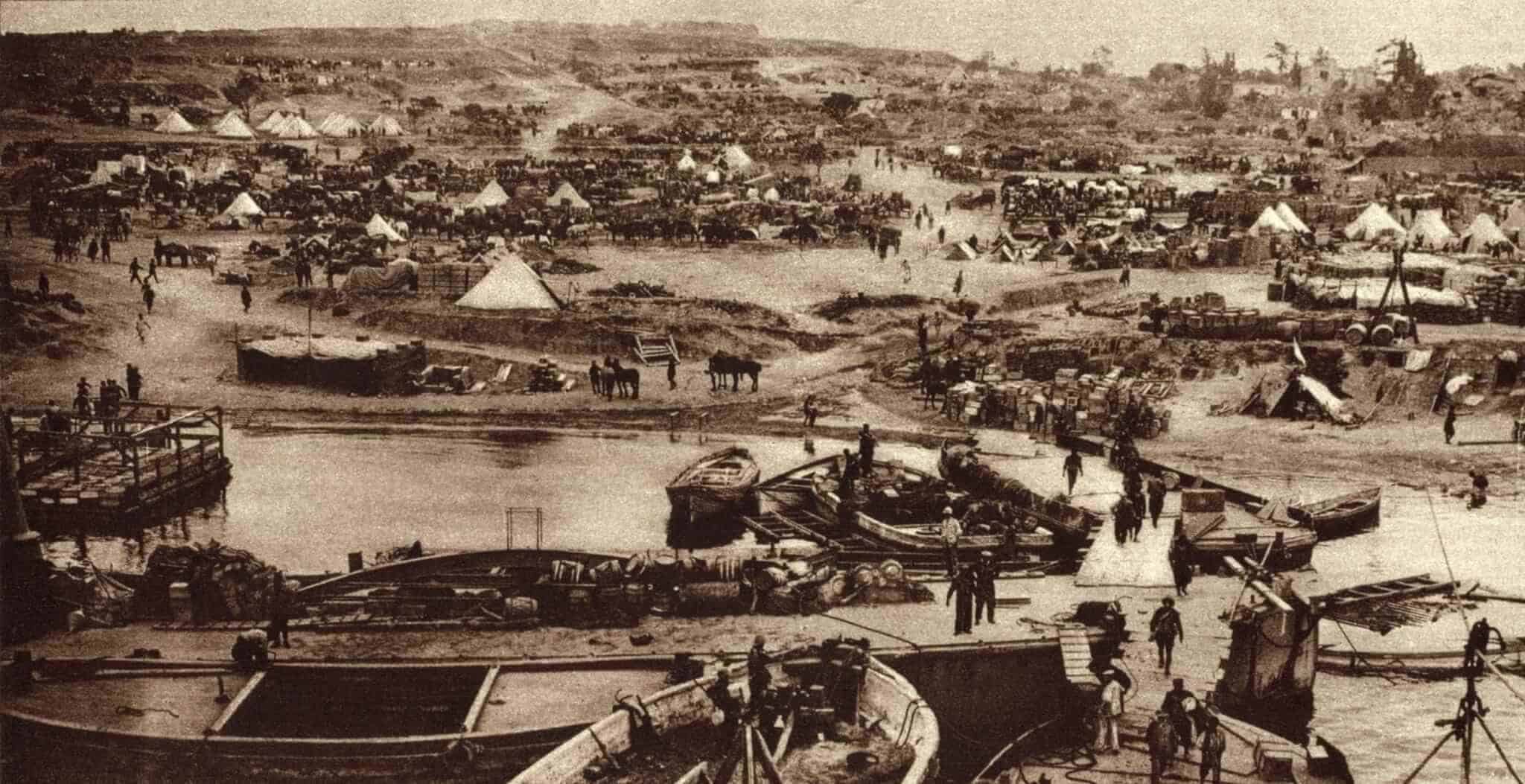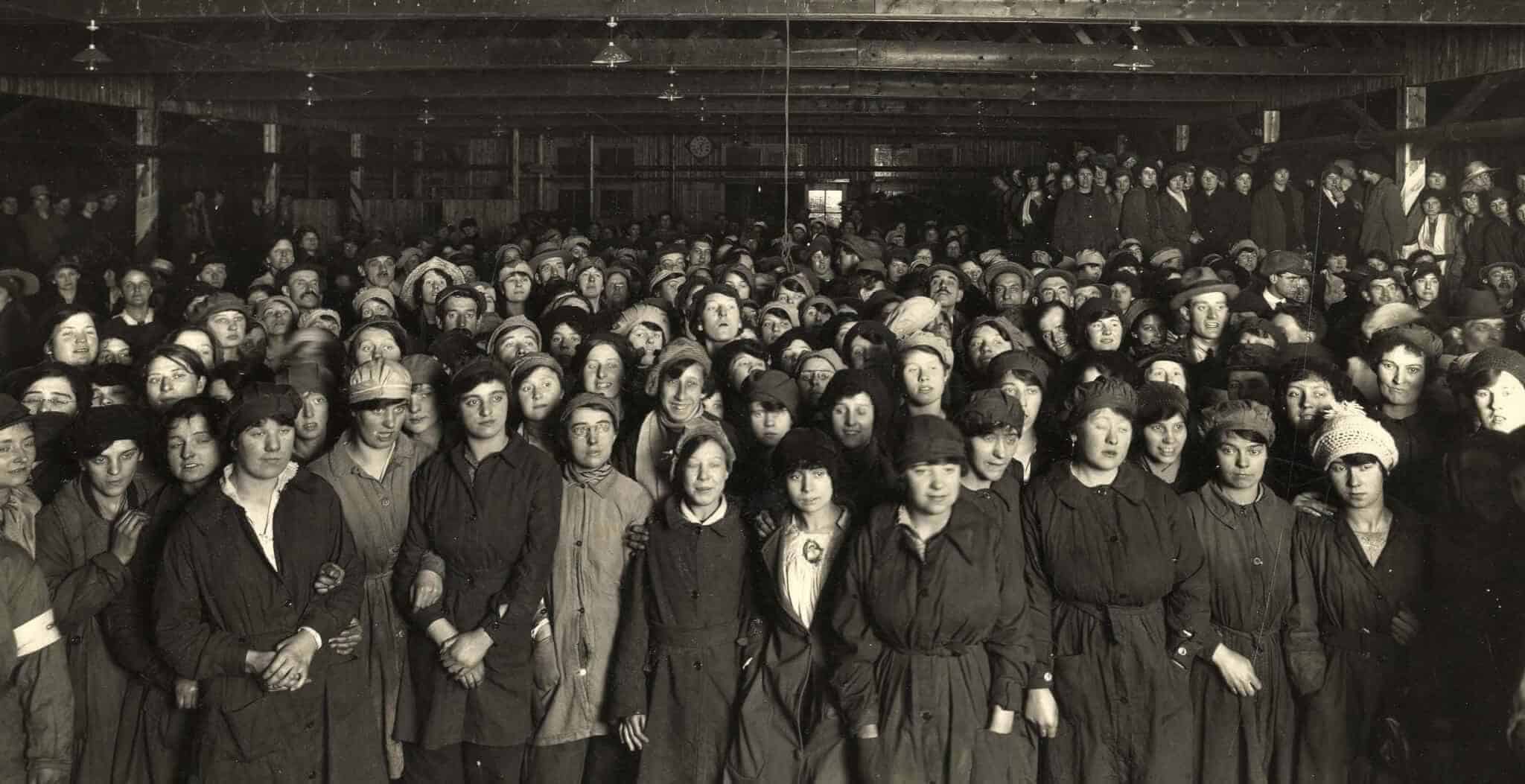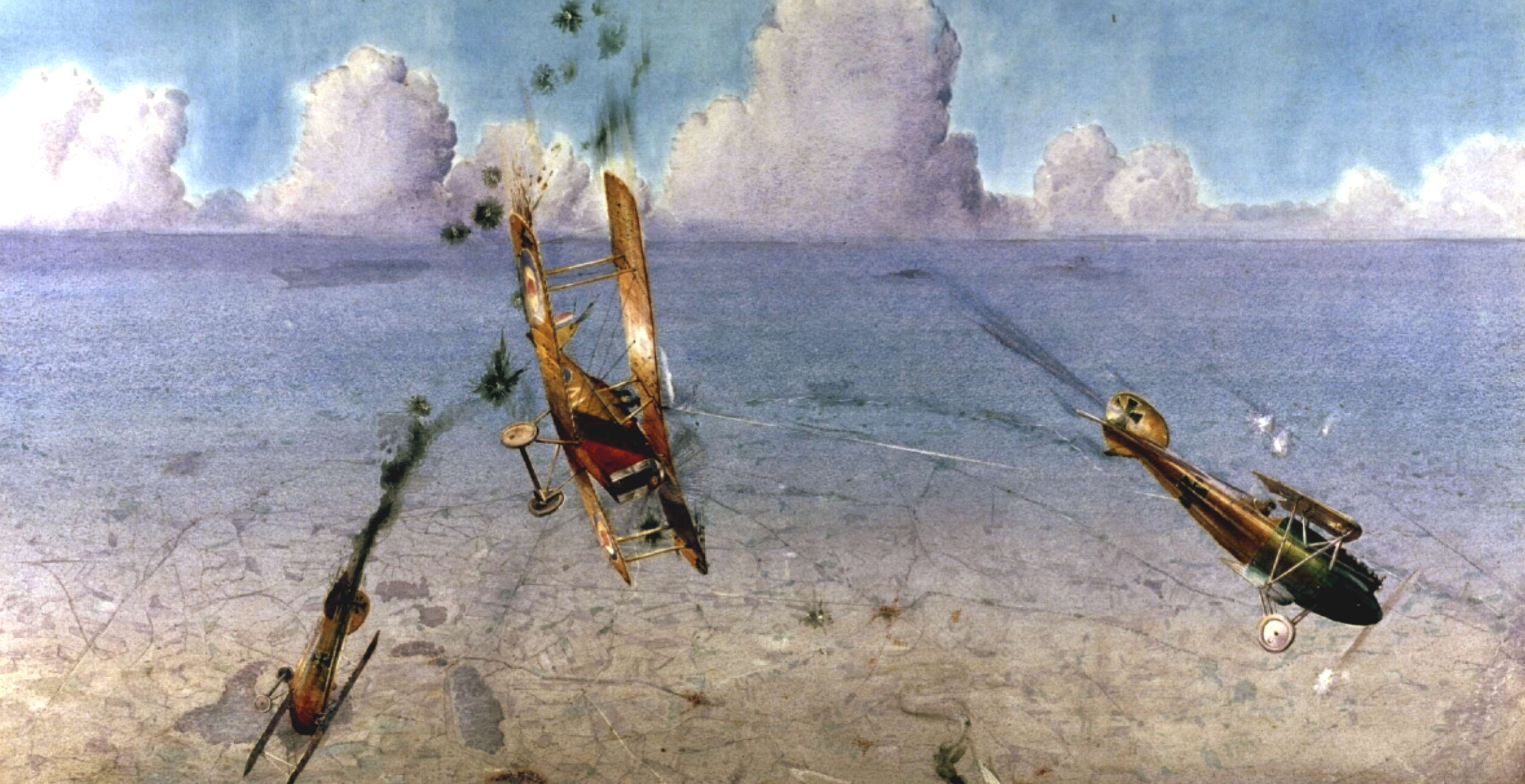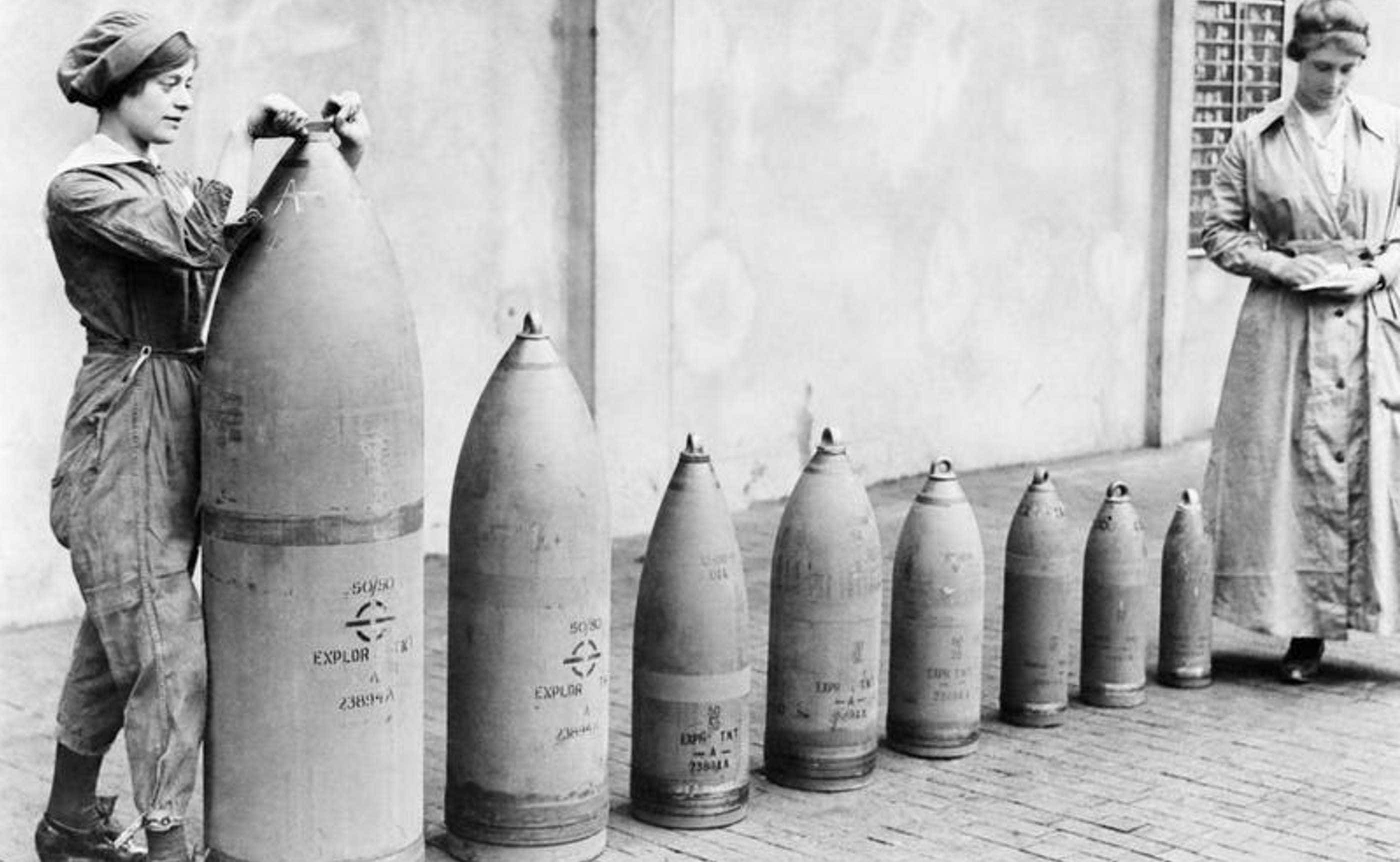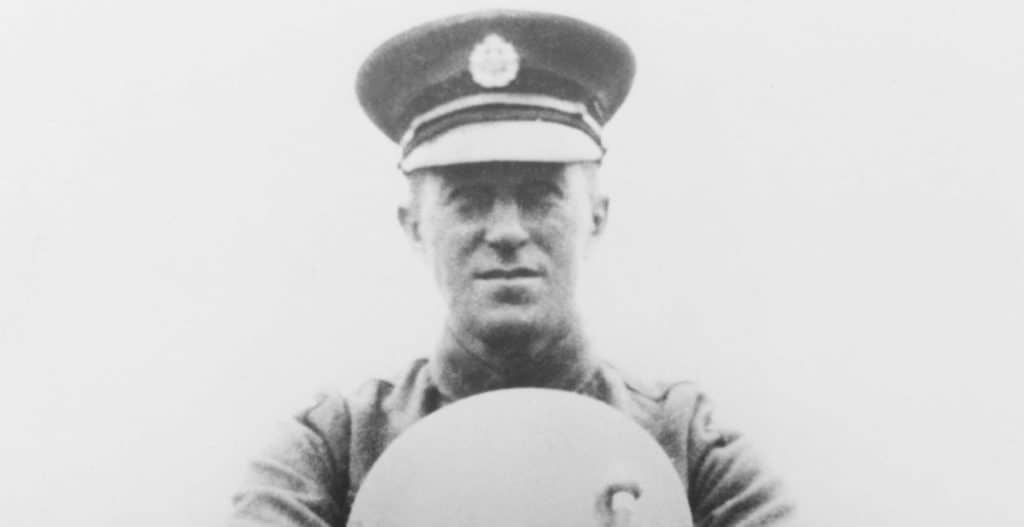In a world war, command of the seas would be as vital as success on the battlefield in securing victory.
At the outbreak of war in August 1914 the British Fleet, under the command of Admiral Jellicoe, had 20 dreadnought battleships and four battle cruisers, against the German fleet of 13 dreadnoughts and three battle cruisers.
The war at sea was not fought solely in the north: in 1914, the most powerful German squadron outside the North Sea was the East Asiatic Squadron. On 1st November 1914 the German ships were attacked at Coronel off the coast of Chile, resulting in the loss of two British ships and a rare British defeat. The Germans then set their sights on the Falkland Islands. The battle cruisers Invincible and Inflexible were immediately dispatched south to Port Stanley. The German squadron began their attack before they realised the two battle cruisers were there. Retreating, they were easily picked off by the battle cruisers with their superior firepower. The threat of the East Asiatic Squadron was eliminated.
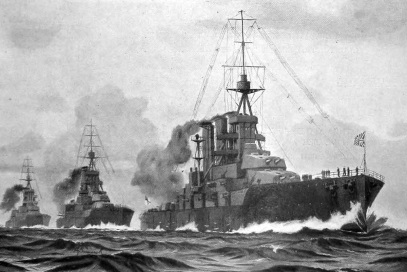
The British public expected that there would be a second Trafalgar – a long awaited showdown between the Royal Navy and the German High Seas Fleet – and although the naval battle at Jutland in 1916 is still the biggest in history, its result was inconclusive, despite the British losses of HMS Indefatigable, HMS Queen Mary and HMS Invincible.
Growing more serious however was the war beneath the waves. Both sides attempted blockades to cut off supplies of food and raw materials to the other. German submarines (called U-boats (Unterseebooten)) were now sinking allied merchant vessels at an alarming rate.
Merchant and warships were not the only casualties; U-boats tended to fire on sight and on 7th May 1915 the liner Lusitania was sunk by U-20 with the loss of over 1000 lives, including 128 Americans. The subsequent worldwide outcry and pressure from Washington forced the Germans to forbid attacks on neutral shipping and passenger liners by U-boats.
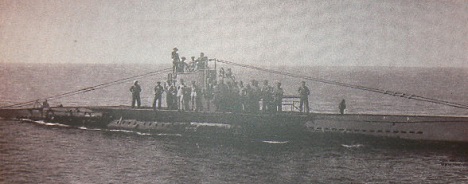
German Submarine U-38
By 1917 the U-boat war had reached a crisis point; submarines were now sinking allied merchant vessels so frequently that Britain was only a few weeks away from serious food shortages. The Royal Navy tried Q-ships (armed merchant ships in disguise) and later the convoy system was introduced.
By 1918 the U-boats had largely been brought to heel and the Royal Navy’s blockade of Germany in the Channel and the Pentland Firth had brought her to the brink of starvation. On 21 November 1918, the German High Seas Fleet surrendered.
After the Armistice, the High Seas Fleet was interned at Scapa Flow in Scotland, whilst a decision was made on its future. Fearing the ships would be seized by the victors, the fleet was scuttled on 21st June 1919 on the orders of the German commander, Admiral von Reuter.
